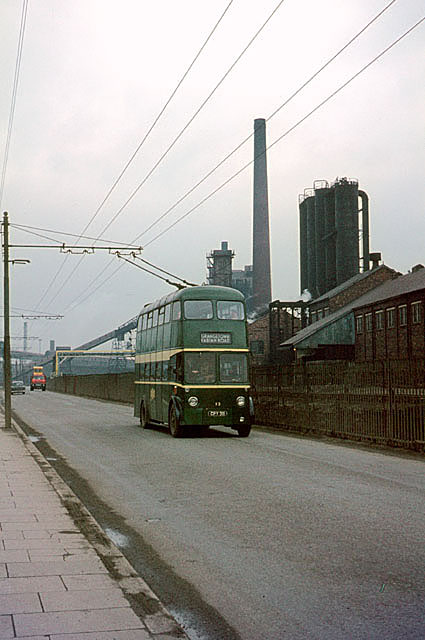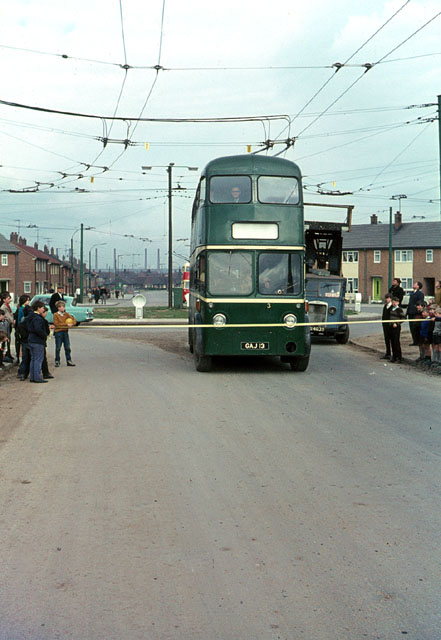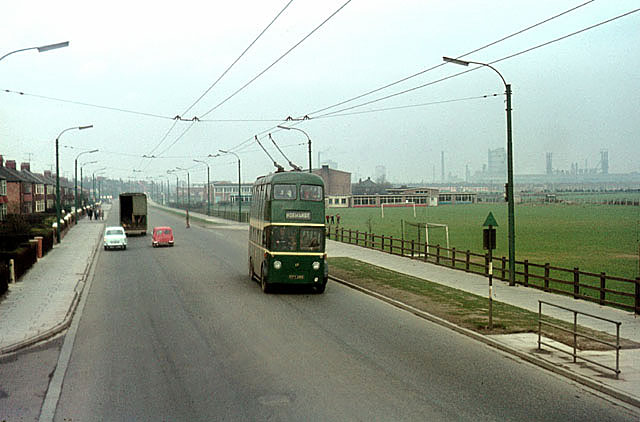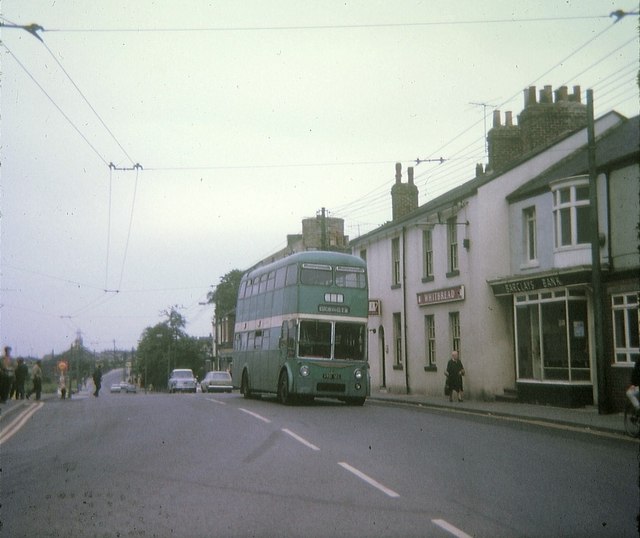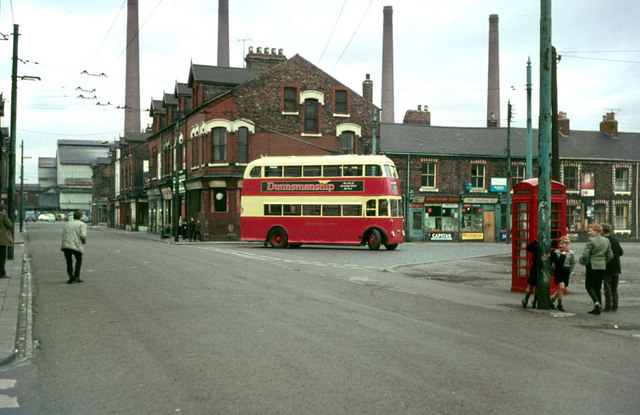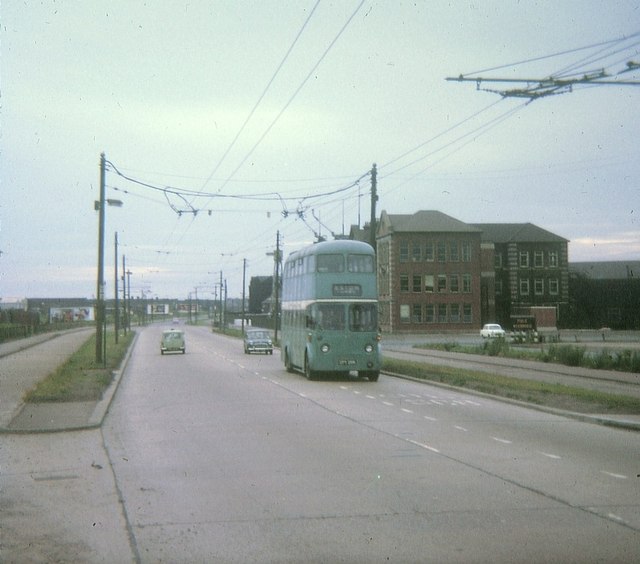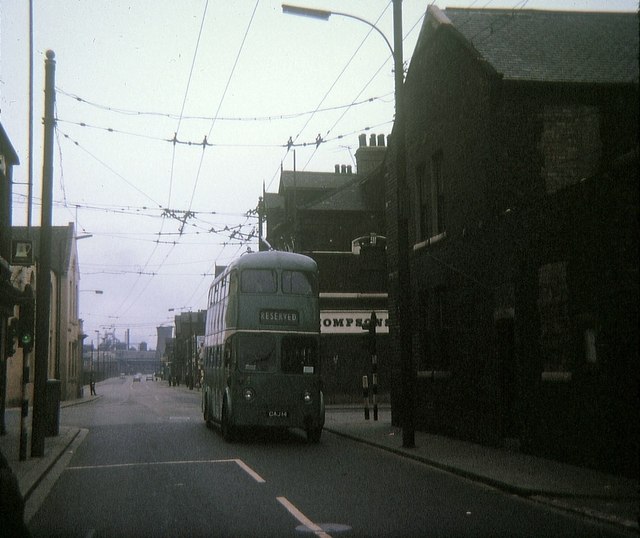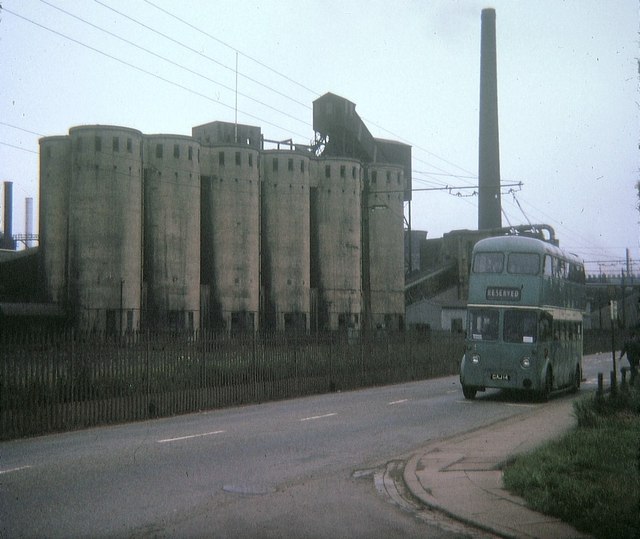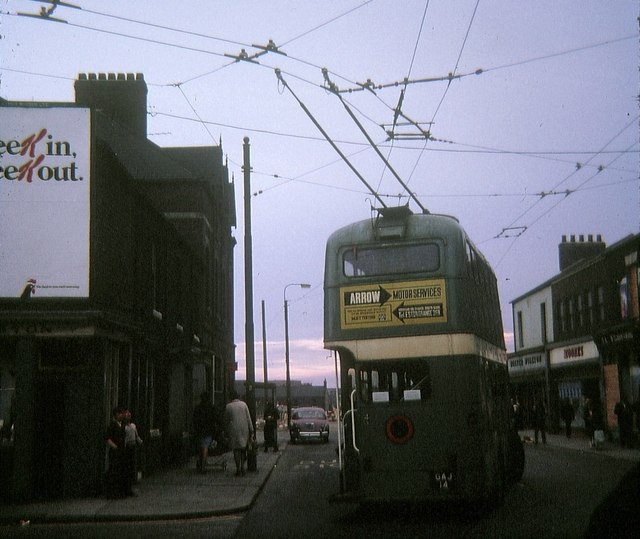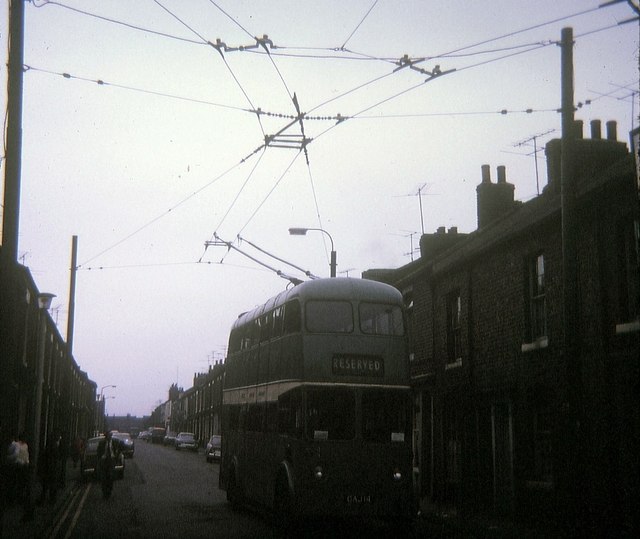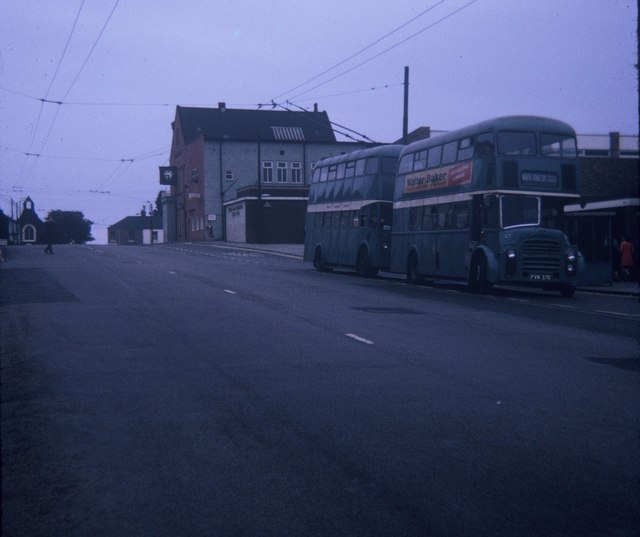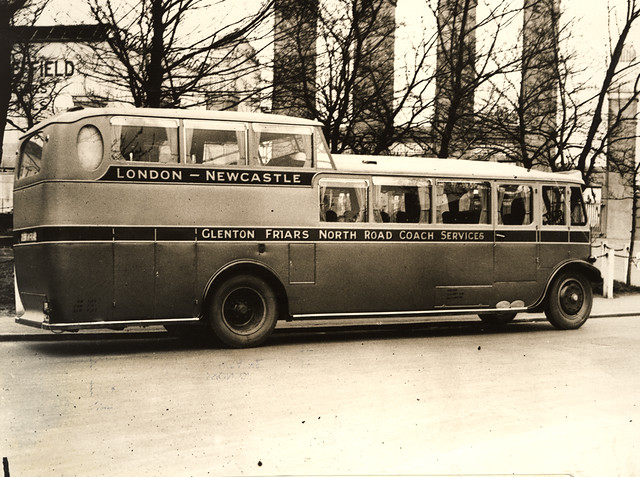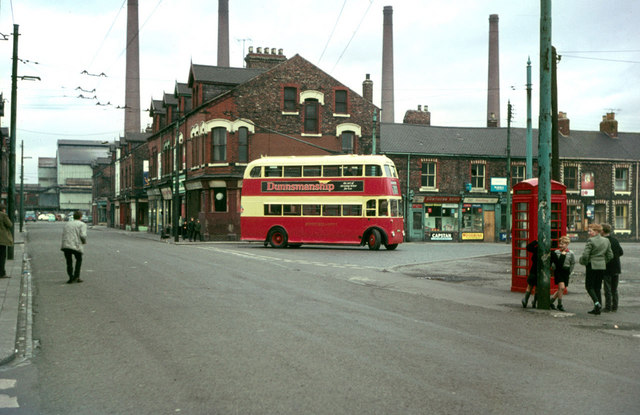Topics > Transport and Travel > Trolleybus > Teesside Railless Traction Board
Teesside Railless Traction Board
The Tees-side Railless Traction Board was run jointly between Middlesbrough Corporation and Eston Urban District Council. It's trolleybus service was built to serve steelworks along the south bank of the River Tees, particularly the large Dorman Long steelworks. Notably, it was the only trolleybus system operating after the Second World War which had not previously been a tramway.[1] In 1968 the Board became part of Teesside Municipal Transport. The last trolleybus ran on the 4th of April 1971, with the network being replaced by petrol buses.
The Teesside trolleybus system once served the conurbation of Teesside, in the North East of England. Opened on 8 November 1919, it was unusual in being a completely new system that was not replacing any previously operating tramway network.
By the standards of the various now defunct trolleybus systems in the United Kingdom, the Teesside system was a small one, with a total of three routes, and a maximum fleet of only 21 trolleybuses. However, it was unusually long-lasting, as it did not close until 18 April 1971, and was therefore the penultimate system in the UK to do so.
Three of the former Teesside system trolleybuses are now preserved, one of them at Black Country Living Museum, Dudley, West Midlands, one at the Kirkleatham Old Hall Museum, and the third one near the Trolleybus Museum at Sandtoft, Lincolnshire.
History
From 1912 Bolckow Vaughan was the main mover behind the North Ormesby, South Bank, Normanby and Grangetown Railless Traction Co., which built a depot at Cargo Fleet, took power (until 1955) from the Bolckow Vaughan's (later Dorman Long) South Bank steel works, erected the first pole at Normanby in July 1915 and had the entire system ready 8 months later, but not the buses, which were held up by wartime shortages.
In December 1918, the company was sold, 1/3 to Middlesbrough Corporation and 2/3 to Eston Urban District Council. They formed the Tees-side Railless Traction Board. The first trial run was on 19 September 1919. Official opening was at 11am on Saturday 8 November 1919, with Chairman of the Board, Cllr. W.G.Grace, driving the first bus.
On 1 April 1968, the Board merged with Middlesbrough and Stockton to form Teesside Municipal Transport and trolley buses were replaced with diesel buses 3 years later.
Services
The original routes were Smeaton St - North Ormesby - Cargo Fleet - South Bank - Normanby, or Grangetown Market Sq. In 1924 the route was extended to its originally intended point in Eston Sq. with a version of a Tilling-Stevens petrol-electric bus patented by the General Manager of the Board (Mr. J. B. Parker), using a trolley to Normanby and then running on petrol to Eston.
Grangetown - Kingsley Rd was added in 1951 and further extended to Fabian Rd, Eston in 1964 to serve new housing. In 1966 the Eston and Normanby routes were to be linked, but United objected, so the circle wasn't opened until 31 March 1968; the last UK trolleybus extension. The circle was operated by 10 buses. Changes to the roads in 1970 saw the West Terrace turning circle closed. Its replacement required buses to be reversed into Hampden St and pulled into Smeaton St. That, change of ownership and problems of servicing and finding spares, led to closure, with only 8 buses in use at closure on 4 April 1971.
Trolleybus fleet
The first bus was built at the Cargo Fleet depot with a Cleveland Car Co. (Darlington) chassis, English Electric body and Dick, Kerr & Co. electrical equipment.
- 4 RET Construction Co. of Leeds single deck 1917
- 6 Railless single deck 1918
- 6 Brush single deck 1920 (built in 1914 for Rhondda Tramways Company, but used for only 3 months before withdrawal due to poor roads)
- 8 Sunbeam W 1944-45 rebodied by Roe 1960-62, 4 scrapped 1969
- 7 Sunbeam F4 1950 rebodied by Roe 1962-65
- 5 Sunbeam F4A Burlingham bodied front entrance bought from Reading in 1969
Livery was always dark green, initially with cream above. From 1932 some buses had silver roofs, later painted white. In the 1940s and 50s there were 3 cream bands, later reduced to 2. Some wartime buses were utility grey. The Roman capitals fleetname with shading was replaced in 1932 by a block logo.
Visit the page: Trolleybuses in Teesside for references and further details. You can contribute to this article on Wikipedia.
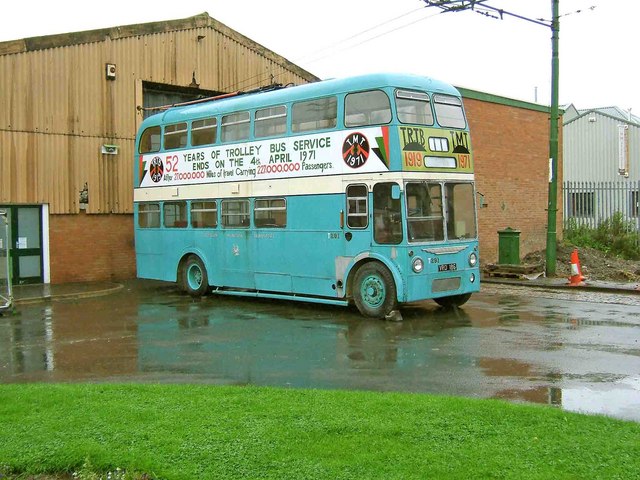
from Geograph (geograph)
Tees-side Railless Traction Board Sunbeam Trolleybus No. 291
Pinned by Simon Cotterill

from https://commons.wikimedia.org…
Middlesbrough trolleybus routes
- Image by Johnragla licensed under the Creative Commons Attribution-Share Alike 3.0 Unported license.
Added by
Simon Cotterill
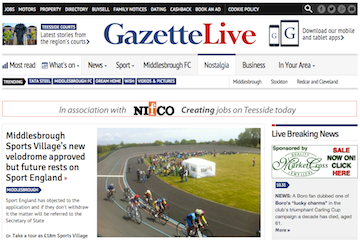
from https://www.gazettelive.co.uk…
The last days of Teesside's trolley buses - take a journey back into the past
- Teesside Live 14th October 2018. Video "...Travellers might remember Teesside’s trolley bus network was around 10 miles long and ran in a circular route starting from North Ormesby and along …
Added by
Splat


from Geograph (geograph)
Tees-side Railless Traction Board Sunbeam Trolleybus No. 291
Pinned by Simon Cotterill

from https://commons.wikimedia.org…
Middlesbrough trolleybus routes
- Image by Johnragla licensed under the Creative Commons Attribution-Share Alike 3.0 Unported license.
Added by
Simon Cotterill

from https://www.gazettelive.co.uk…
The last days of Teesside's trolley buses - take a journey back into the past
- Teesside Live 14th October 2018. Video "...Travellers might remember Teesside’s trolley bus network was around 10 miles long and ran in a circular route starting from North Ormesby and along …
Added by
Splat
